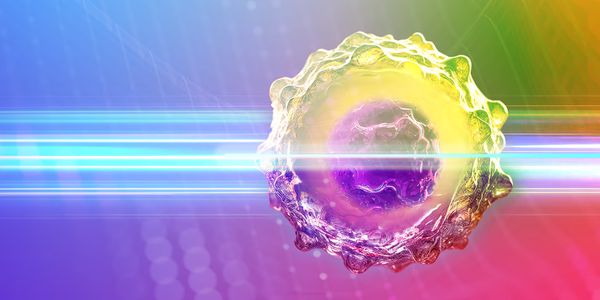Disinhibition Drives Rapid Movement and Associative Motor Memory Formation in the Cerebellum
-
Paul Mathews, PhD
Investigator & Co-Director of the Neurotherapeutics IWI, Lundquist Institute (Formerly "LA BioMed"); Assistant Professor, David Geffen School of Medicine at UCLA Department of NeurologyBIOGRAPHY
Motor coordination relies on accurate predictions that specify how the body should move in particular sensorimotor contexts. Although such predictions are thought to be stored as associative motor memories in the cerebellum, the circuit mechanisms by which they form and are acted upon remain unclear. Correlates of such memories, typically reductions in the firing rate of Purkinje neurons in advance of a learned movement, have been observed in the firing patterns of cerebellar Purkinje neurons. Given that Purkinje neurons powerfully inhibit deep cerebellar nuclei neurons, and that some deep cerebellar nuclei neurons project directly to motor nuclei like the red nucleus, pauses in spontaneous Purkinje neuron firing have the potential to drive motor output. However, it is unclear whether reductions in Purkinje neuron firing alone are sufficient to drive movement, and if so whether their ability to drive movement depends upon prior learning. To examine these questions we have utilized an approach to selectively manipulate Purkinje neuron firing activity in an awake, behaving animal while simultaneously monitoring cellular activity or motor movement. Together, the results I will present indicate movements driven by Purkinje neuron pauses are influenced by whether or not learning has occurred, and support the hypothesis that during learning Purkinje neuron activity instructs memory-related changes in the deep cerebellar nucleus.
Disinhibition Drives Rapid Movement and Associative Motor Memory Formation in the Cerebellum
Please update your information
Certificate of Participation
DOWNLOAD CERTIFICATE






